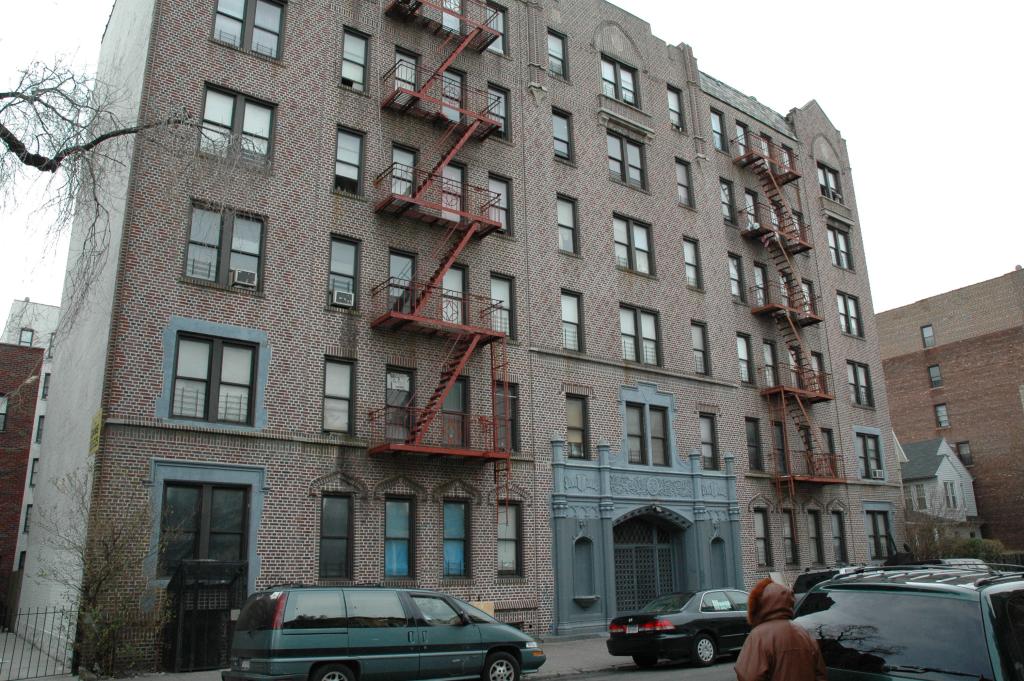Appalling Conditions in PLG Emergency Homeless Housing
Prospect Lefferts Gardens’ 60 Clarkson has ornate plaster moldings, a courtyard and appalling conditions for those who call it home. Though a private apartment building, 60 Clarkson Avenue is used as emergency housing for homeless families as part of the Giuliani-era cluster-site program. The New York Times reported that the building has racked up hundreds…

Prospect Lefferts Gardens’ 60 Clarkson has ornate plaster moldings, a courtyard and appalling conditions for those who call it home. Though a private apartment building, 60 Clarkson Avenue is used as emergency housing for homeless families as part of the Giuliani-era cluster-site program. The New York Times reported that the building has racked up hundreds of housing violations — including for mold, cockroach infestations and rats.
Deplored by the de Blasio administration as well as the Department of Investigation, cluster-site housing pays private landlords — in the case of 60 Clarkson, Barry Hers — almost $2,500 a month per family for housing and services. If not used for cluster housing, many of the units in these buildings would be rent-controlled, meaning landlords would receive lower rents from permanent tenants than they currently do from the city for homeless residents.
Opposition to the cluster-site program doesn’t only come from the government; tenant families are desperate for better living conditions.
“The conditions in public housing are miles better than these dunghole apartments,” wrote Tim Thomas — of local blog The Q at Parkside — in an email to Brownstoner. Thomas has posted for years about the deplorable conditions at 60 Clarkson. Thomas, who brings Christmas presents to families in the building through the Prospect Lefferts Gardens Neighborhood Association, laments, “It will tear your heart in two to see how some of these kids are living.”
Lefferts Garden resident Bob Marvin feels similarly. “The problem isn’t just the unscrupulous landlord,” Marvin said of 60 Clarkson, but, “the corrupt system that encourages exploiting homeless people in the guise of providing patently spurious ‘social services’ and payments which provide enormous undeserved profits, while completely wasting city funds that might otherwise provide some real benefit.”
Clearly, cluster housing is not the answer to New York’s current homeless crisis. But, then, what is? The city is averse to building more public housing, and existing units have years-long wait lists. Section 8 vouchers are no longer being distributed. Giving the private sector tax breaks to include affordable units in their market-rate buildings is costly and creates housing for a small percentage of the city’s needy.
Rents are skyrocketing citywide. The shelter system is bursting — 42,000 homeless children are sleeping in shelters each year. The problem runs much deeper than this particular building. And an easy solution doesn’t exist.
New York Relies on Housing Program It Deplores as Homeless Ranks Swell [NY Times]
Photo by Nicholas Strini for PropertyShark





What's Your Take? Leave a Comment